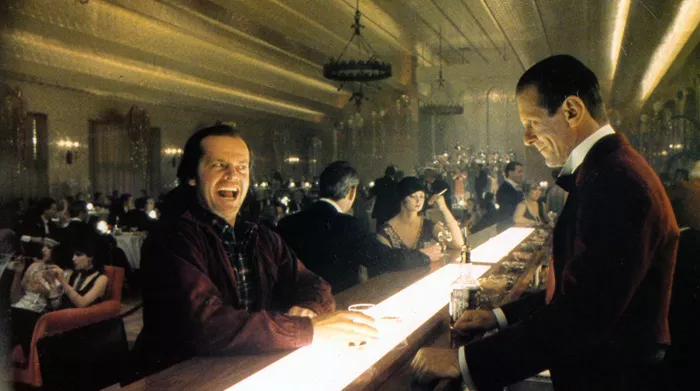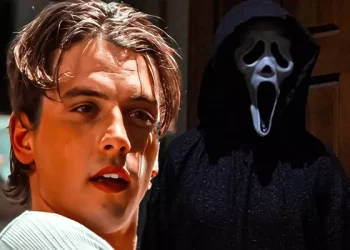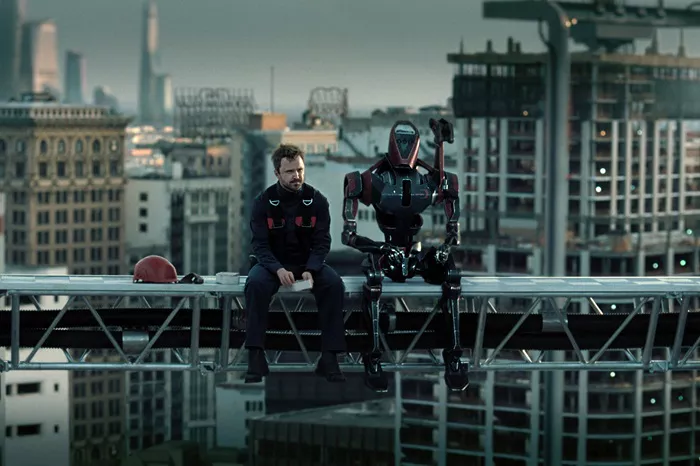How scary is “The Shining”? This question has lingered in the minds of cinephiles and horror enthusiasts since Stanley Kubrick’s iconic film adaptation of Stephen King’s novel was released in 1980. The Shining has become a landmark in the horror genre, renowned for its psychological depth, chilling atmosphere, and mesmerizing cinematography. In this exploration, we delve into the various elements that contribute to the film’s terror-inducing impact, assessing its psychological nuances, cinematographic brilliance, and the enduring legacy it has carved in the horror genre.
Psychological Horror and the Human Psyche:
To understand how scary “The Shining” is, one must first appreciate the psychological horror woven into its narrative. The film, at its core, is an exploration of the human psyche, unraveling the complexities of the characters’ minds. Jack Torrance’s descent into madness, portrayed masterfully by Jack Nicholson, is a chilling journey into the abyss of insanity. The psychological horror emerges not from supernatural elements alone but from the gradual disintegration of Jack’s sanity, making the audience question the thin line between reality and delusion.
Kubrick’s Cinematic Mastery:
Stanley Kubrick, known for his meticulous approach to filmmaking, elevates the horror in “The Shining” through his unparalleled cinematographic techniques. Each frame is meticulously composed, contributing to the eerie atmosphere that permeates the Overlook Hotel. The use of wide-angle lenses and the Steadicam shots, especially in the iconic tracking scenes, create a sense of unease and disorientation. The deliberate pacing and meticulous attention to detail build suspense, leaving audiences on the edge of their seats. The question of how scary “The Shining” is finds its answer in Kubrick’s ability to manipulate visuals and sound to evoke a visceral response from viewers.
Isolation and Claustrophobia:
One of the underlying factors that contribute to the terror of “The Shining” is the isolation of the characters. The vast, snow-covered landscape surrounding the Overlook Hotel intensifies the feeling of seclusion. The question of how scary “The Shining” is becomes intertwined with the characters’ isolation, as the vast, empty corridors and rooms of the hotel become a breeding ground for paranoia. The isolation is not just physical but also psychological, with the characters trapped within the confines of their own fears and the malevolent history of the Overlook.
Supernatural Elements and Haunting Imagery:
“How scary is ‘The Shining’?” takes a supernatural turn as the film introduces haunting imagery and paranormal occurrences. The enigmatic twins, the blood-filled elevator, and the spectral presence of the mysterious woman in Room 237 are indelible images etched into the minds of audiences. Kubrick skillfully employs these supernatural elements to intensify the horror, creating an otherworldly atmosphere within the seemingly mundane setting of the hotel. The ambiguity surrounding these supernatural occurrences adds an extra layer of fear, as the audience is left questioning the nature of the supernatural forces at play.
The Overlook Hotel as a Character:
In “The Shining,” the Overlook Hotel becomes a character in its own right, contributing significantly to the question of how scary “The Shining” is. The hotel’s architecture and design, coupled with its haunted history, evoke a sense of malevolence. The shifting layout of the hotel adds to the disorienting experience for both the characters and the audience. The hotel’s influence on the characters, particularly Jack Torrance, is palpable, as it becomes a vessel for the manifestation of their deepest fears and insecurities. The Overlook, with its labyrinthine corridors and ghostly inhabitants, is a central player in the psychological horror that unfolds.
The Shining’s Influence on Subsequent Horror:
The lasting impact of “The Shining” on the horror genre cannot be understated. The film’s unique blend of psychological horror, supernatural elements, and visual storytelling has influenced countless filmmakers and shaped the trajectory of horror cinema. The question of how scary “The Shining” is extends beyond its initial release, as its influence continues to resonate in contemporary horror films. The emphasis on atmosphere, psychological depth, and the interplay between the real and the supernatural has become a hallmark of horror films that aspire to evoke the same level of fear.
See Also: Why is Pulp Fiction so Famous?
Musical Score and Sound Design:
The haunting musical score by Wendy Carlos and Rachel Elkind, coupled with the meticulous sound design, plays a pivotal role in answering the question of how scary “The Shining” is. The dissonant, unsettling music heightens tension and unease throughout the film. The use of Gregorian chants and synthesizers creates an eerie sonic landscape that complements the visual horror on screen. Moreover, the strategic use of silence is equally powerful, allowing moments of quiet to build anticipation and anxiety. The combination of visuals and auditory elements enhances the overall cinematic experience, leaving a lasting impression on the audience.
Interpreting the Ambiguity:
A significant aspect that contributes to the lingering fear of “The Shining” is its deliberate ambiguity. Kubrick leaves much open to interpretation, inviting viewers to delve into the intricacies of the narrative and characters. The ambiguity surrounding the true nature of the supernatural occurrences, the significance of the maze, and the fate of certain characters adds layers of complexity to the film. This open-endedness invites repeated viewings and discussions, as audiences grapple with the question of how scary “The Shining” is and seek to unravel its enigmatic elements.
Jack Nicholson’s Iconic Performance:
“How scary is ‘The Shining’?” finds a compelling answer in Jack Nicholson’s unforgettable portrayal of Jack Torrance. Nicholson’s performance is a tour de force in psychological horror, capturing the gradual unraveling of a man consumed by his own demons. The intensity in his eyes and the manic energy he brings to the role make Jack Torrance a truly terrifying character. Nicholson’s ability to convey both the ordinary and the unhinged aspects of Jack’s personality adds a disturbing realism to the character, heightening the horror of the film.
The Overlook’s Historical Horror:
The history of the Overlook Hotel, with its dark and gruesome past, adds a layer of historical horror to the narrative. The question of how scary “The Shining” is extends beyond the immediate events of the film, reaching into the depths of the hotel’s sordid history. The echoes of past horrors, including the Grady family tragedy, linger within the walls of the Overlook, contributing to the pervasive sense of malevolence. This historical horror intertwines with the psychological and supernatural elements, creating a multi-faceted tapestry of terror.
Conclusion:
In conclusion, the question of how scary “The Shining” is cannot be answered with a simple description. It is a film that transcends traditional horror tropes, blending psychological horror, supernatural elements, and masterful cinematography to create an immersive and unsettling experience. Stanley Kubrick’s meticulous craftsmanship, coupled with the iconic performances of the cast, has solidified “The Shining” as a masterpiece of horror cinema. Its influence continues to reverberate through the genre, leaving an indelible mark on the way audiences perceive and appreciate the art of fear on the silver screen.
























